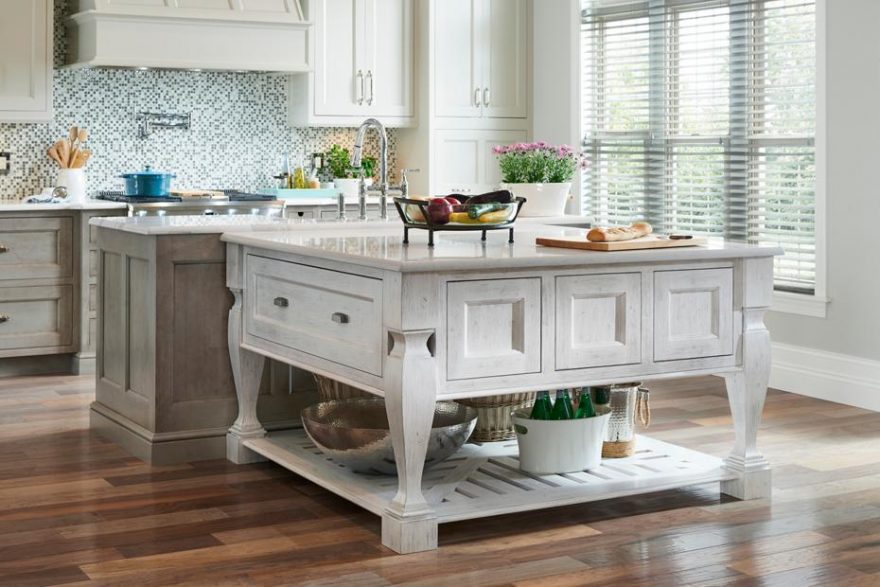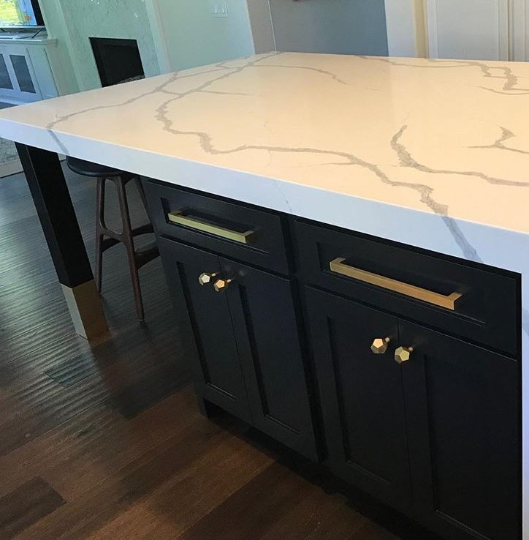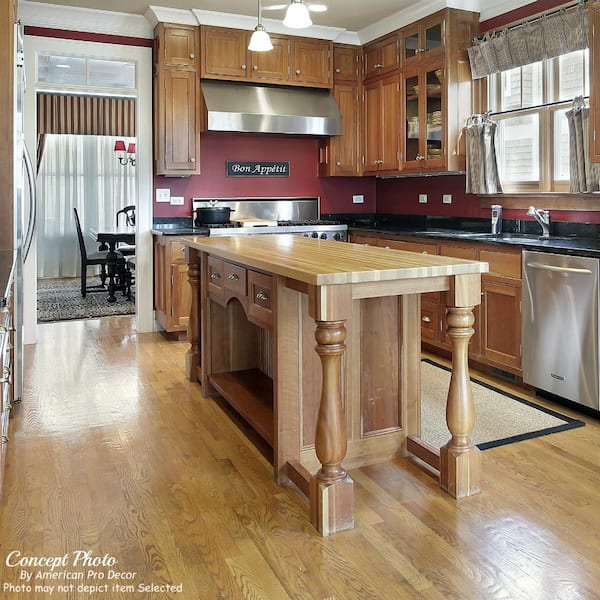Rely on Expert Craftsmanship for Tailored Legs For Kitchen Island Ideas
Rely on Expert Craftsmanship for Tailored Legs For Kitchen Island Ideas
Blog Article
An Overview to Picking the Perfect Legs For Kitchen Area Island for Your Home
Selecting the suitable legs for your cooking area island is a nuanced choice that influences both the performance and aesthetic allure of this central space. Elements such as height, materials, and design play an important duty in balancing your island with the general kitchen style. Furthermore, recognizing the value of security and upkeep can considerably influence your option. As you think about these aspects, it ends up being apparent that the best legs can transform not just the look of your kitchen area yet also its use for many years ahead. What details functions should you prioritize in this option procedure?

Understanding Kitchen Island Legs
When choosing legs for a cooking area island, it's vital to understand their practical and aesthetic roles in the general style. The legs work as a vital assistance system, guaranteeing security and longevity for the island, which often operates as a workspace, eating location, or collecting place. Therefore, the selection of product and construction strategy should be durable enough to stand up to daily usage and prospective wear.
Along with their structural duties, legs contribute substantially to the island's aesthetic appeal. They can improve the cooking area's design, whether with traditional, contemporary, or eclectic layouts. The height and proportion of the legs are additionally crucial considerations; they need to harmonize with the island's counter top height while ensuring comfortable seating for those using the space.
In addition, the leg style can affect the overall flow of the kitchen. Open, airy leg designs can create a sense of lightness, while solid, considerable legs might communicate an extra based and steady aesthetic - Legs For Kitchen Island. Understanding these visual and functional facets will certainly direct house owners in making notified selections that enhance their kitchen's design and improve its functionality
Popular Styles and Materials
The selection of legs for a kitchen island encompasses a range of popular designs and materials, each offering unique characteristics that can improve both functionality and aesthetic appeals. Conventional legs usually display luxuriant information and craftsmanship, improving traditional cooking area designs.

Height and Security Considerations

The legs of the kitchen area island should supply appropriate assistance, guaranteeing that the structure can hold up against daily usage without wobbling or changing. Material selection plays a significant function in security; metal legs, for instance, tend to supply higher strength compared to wood.
Matching Your Kitchen Area Visual
Choosing the ideal legs for your kitchen island goes beyond functionality; it additionally plays a substantial function in the overall visual of the space (Legs For Kitchen Island). When picking legs, consider the design style of your kitchen.
Shade is an additional critical variable. Legs that enhance or comparison with your island's surface area and bordering kitchen cabinetry can develop visual harmony or striking centerpieces. For example, combining dark wood legs with a light marble kitchen counter can include depth and rate of interest. Furthermore, take into consideration the finish of click here for more info the legs; matte, shiny, or distinctive finishes can significantly affect the overall feel of the kitchen area.
Installation and Upkeep Tips
Setting up cooking area island legs calls for mindful interest to detail to make sure both security and visual allure. Make use of a stud finder to locate wall surface studs if you are connecting the legs to a wall surface or making use of braces for included assistance.
When protecting the legs, utilize top notch screws and, if essential, timber glue for added stamina. For metal legs, make sure that you are making use of appropriate supports and devices to avoid damages to your flooring. It is suggested useful site to check for levelness after installation, making adjustments as required to prevent wobbling.
Tidy the legs with an ideal cleaner, preventing unpleasant products that might scratch the surface area. By adhering to these setup and maintenance pointers, you can make sure that your cooking area island legs remain both visually enticing and practical.
Verdict
In verdict, choosing the proper legs for a cooking area island necessitates mindful factor to consider of height, security, and visual compatibility. By choosing ideal materials and designs that align with the overall cooking area design, capability can be boosted while preserving visual appeal. Proper installation and ongoing maintenance further add to the toughness and longevity of the cooking area island. Eventually, thoughtful leg selection plays a critical function in raising both the functionality and design of the kitchen area space.
When picking legs for a cooking area island, it's crucial to recognize their useful and aesthetic duties in the total design. Open, ventilated leg designs can develop a feeling of lightness, while strong, substantial legs might communicate a more grounded and steady aesthetic. The legs of the cooking area island should give ample support, guaranteeing that the you can look here structure can stand up to everyday use without shifting or tottering.Installing kitchen area island legs requires mindful interest to detail to ensure both security and aesthetic allure.In conclusion, choosing the suitable legs for a kitchen area island requires cautious consideration of height, stability, and aesthetic compatibility.
Report this page